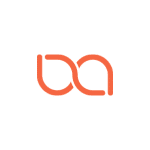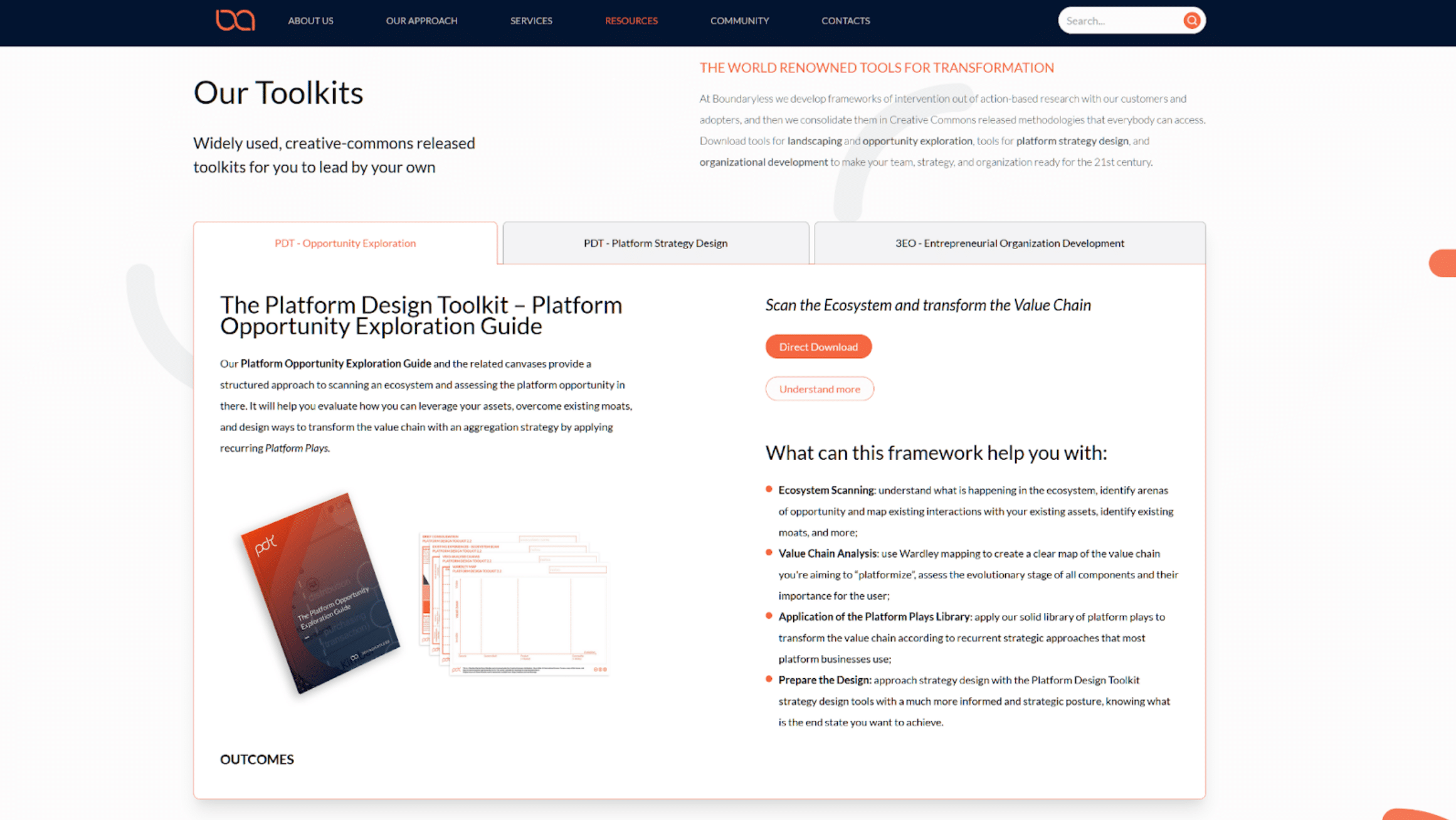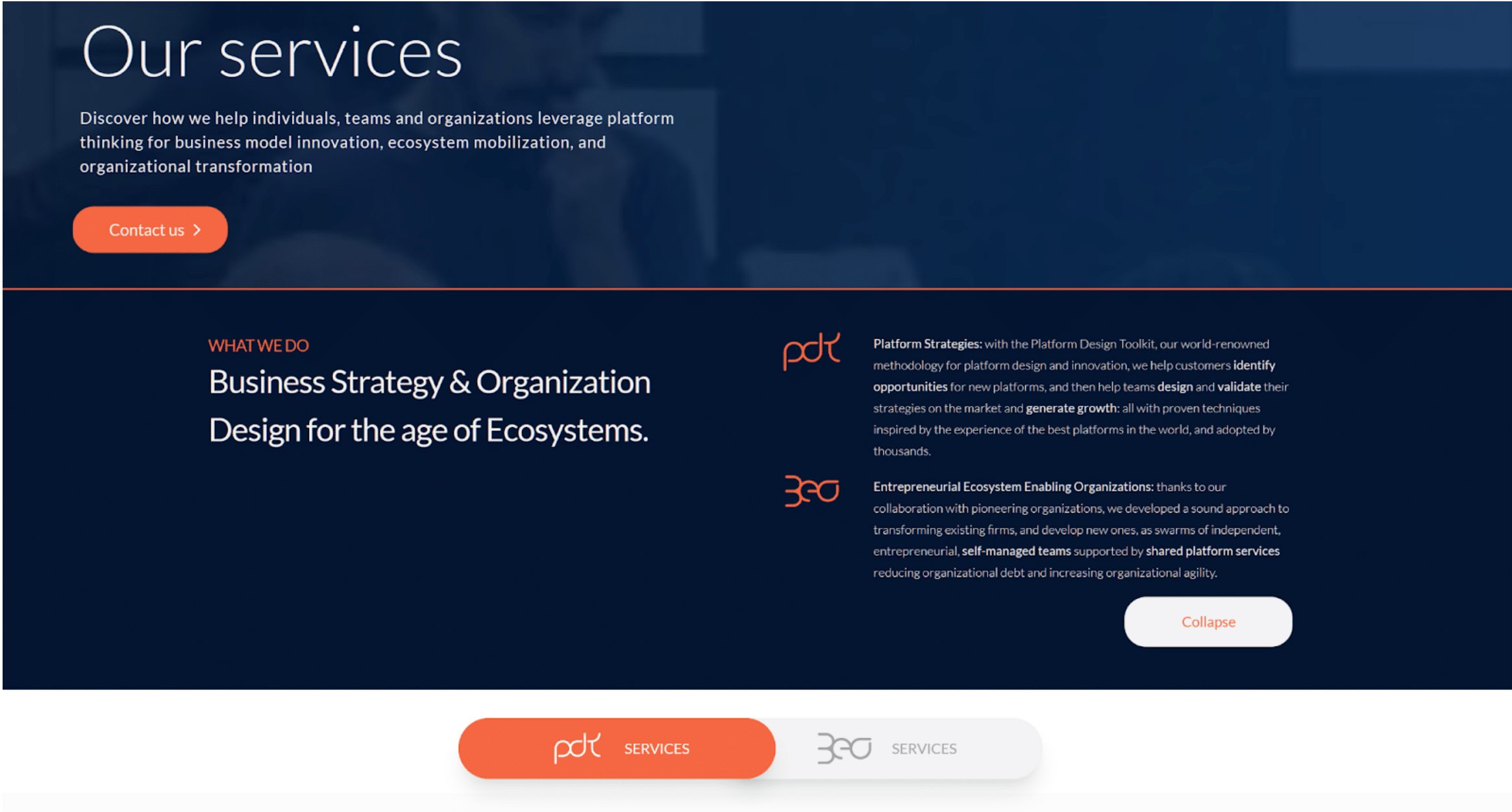We are Boundaryless
Discover Boundaryless’ new brand, mission, and structure.

Boundaryless Team
After 8 years from the creation of the first elements of Platform Design Toolkit and almost fours years of working as Boundaryless, we have our new brand and our new home. This blog post will give our community a peek into the story of how we got here and where we are going now that, finally, we are Boundaryless.
When I first started to work on the Platform Design Toolkit in 2013, I would have never envisioned the adventure that followed. At that point in time, I was coming from almost 5 years of writing hundreds of posts and interviews on my old blog, about collaborative value creation. I was looking closely into how industries such as the one I was mainly working in, telco and tech, were evolving according to the emergent patterns of platforms (web 2.0 was a relatively fresh thing at that time) and peer-to-peer production was a hot research topic for me.
Exploring and questioning the Platform Economy before it was mainstream
Just a few years before, Rachel Botsman and Roo Rogers released “What’s Mine is Yours: The Rise of Collaborative Consumption”, and my dear friend and Boundaryless co-founder Lisa Gansky did just release the book “The Mesh: Why the Future of Business Is Sharing”.
I was part of the french-born, globally evolved collective Ouishare, the place where the concept of “collaborative economy” was actually codified for the first time, and the world was buzzing with interest around the new kid on the block of the startup world: Airbnb, which I was already a heavy user of.
I was doing work with friends and customers and pondering dropping out of my consulting position at a leading consulting firm: the more I dug into the question of platforms the more I was convinced that these emerging models of organizing production through scalable transactions and scalable learning were here to stay. The enthusiasm around these new models was palpable, and we actually believed that yes, these new patterns of collaboration could really change the world.
For these reasons in June 2013 I took inspiration from Osterwalder’s Business Model Canvas and released the first Platform Design Canvas. I wanted to codify the patterns I was seeing into an actionable set of tools for people that either wanted to describe what we were seeing emerging in the market or get hands down designing business models that leveraged the potential of ecosystems: mobilize people, resources, and assets and create new possibilities in the market.
After the first “draft” releases, tested around Europe in conferences such as Frontiers of Interaction or the Barcelona Design Week, the opportunity to work with the draft frameworks I was prototyping ramped up, interest grew and I built a small team of enthusiastic designers that helped me wrap up a couple of years of practicing into a new and consolidated release of the toolkit in late 2015. Then, a year later in 2016, we first introduced the concept of Learning Engines, and then the toolkit got a rebranding: we created a dedicated website (platformdesigntoolkit.com) to the 2.0 Final version with a carefully written user guide, and a comprehensive whitepaper, building on the work we had been doing with customers and adopters.
Fast forward a couple of years, the demand to work with our team was such that we had to structure up, and create a new company: in January 2018 Boundaryless was born out of five associates, with essentially no brand besides that of PDT, no structure, and no mission beyond sustaining the continuous development of Platform Design Toolkit and providing services and training opportunity to our community of thousands of practitioners around the world.
It’s hard to describe how hectic have these four years been: working with real customers, training more than a thousand people all over the world and now online, consolidating a community of practitioners that now nears a hundred thousand – judging from the downloads – and continuously consolidating more learnings and releasing them in creative commons (with our very permissive CC-BY-SA license): we aimed at letting everyone participate in the conversation. We soon added our Platform Opportunity Exploration guide (recently updated), and a couple of releases of the core tools in the Platform Design Toolkit core strategy design tools.
What happened since then
On one hand, from the perspective of our work on platform business models, we grew our experience into new fields. Probably the most important step we’re taking is extending our frameworks towards helping customers evaluate their platform efforts at a “portfolio” level.
Thanks to the “layerization” embedded in the Cicero Triangle, and our classification of the three main monetization spaces for platforms – Core Product (often SaaS), Marketplaces, and Extension Platforms for the engagement of third party developers in the extension of the core product – we now provide companies with an easy way to frame all their go-to-market strategies and ensure network effects are leveraged across the portfolio. With our work at that strategic level, we give customers a clear understanding of how growth can be piloted across the spectrum. Working with Fortune 500s and large companies in general, the need to maintain a coherent view, and to make the best use of their user bases, and partner networks in a way that they are valorized across all the products and services was a must to push us into the “portfolio” level.
Furthermore, the need to help such companies in rolling out platform literacy pervasively inside their teams and structures helped us to develop key experience in integrating Platform Design Toolkit with existing innovation and design thinking processes, create internal communities of practice, and help brands develop their specific platform playbooks.
Besides this “portfolio” and org-wide level work we also went down the growth rabbit hole and spent six months in 2021 collecting and structuring a lot of the knowledge available with regards to tackling liquidity and chicken-egg problem, feeding growth engines, adopting growth metrics, and defining pricing: all this research, that is now available unstructured, will be soon packed into an additional growth guide that is in the works for the end of the year.
Organizational Design and Development: the 3EO Framework
On the other hand, in late 2019 we started to expand our reach into organizational development: through a partnership with, probably, the most advanced, organizationally wise, company in the world – the Chinese giant Haier (with its revolutionary model of organizing Rendanheyi) – we started to develop our understanding of how an organization that wants to perform at best in a digitally enabled market, needs to be structured. Being able to play the different roles available, requires embracing an entrepreneurial structure, where unbundled teams can pursue different profitability strategies and be empowered by shared platform-like services. Such a company structure – based on what we call the 3EO model – we believe, can resonate with the complexity and unboundedness of the market and society and represents today a decisive advantage versus those that do not evolve accordingly.
As can be clearly seen also from our website now, we believe that the complement of our business model innovation framework (PDT) and our organizational development framework (3EO) provide a full spectrum of transformative practices to reinvent business strategy and organization design for the age of ecosystems. We recently explained how platform thinking literacy, an entrepreneurial organization and a portfolio-based approach can really be decisive to give organizations the capability to engage with the opportunities and challenges of the 21st century.
Embracing the change
2020 was also the year we took a step back and looked into our work from a systemic perspective, through a 9-month long project that brought us the New Foundations of Platform-Ecosystem Thinking whitepaper, investigating what does it mean to design products and organizations for a changing world, we were able to reconcile our frameworks with the shifts we are seeing in our world in flux.
As new questions emerge we foster discussion upon them, through our Boundaryless Conversations Podcast, now starting its third series – and that became one of 10% most listened to podcasts worldwide – and through one-day events and countless webinars we’ve hosted (see all the key videos here).
The reflections and work we carried on since 2018 brought Boundaryless into embracing these new epistemic and organizational models fully: in 2020, besides working with some giants and some smaller companies helping them to reconcile their organizational and business models with the age of networks, we started exploring how to adopt such “unbundled” organizational models internally to Boundaryless, already quite a progressive and horizontal organization. We’re still in the middle of the process, but Boundaryless is experimenting and transitioning into the micro-enterprise based model, currently featuring one Platform Design ME and one Entrepreneurial Ecosystem Enabling Organization ME: these two units are based on their individual P&L and enjoy a fully independent leadership while – at the same time – strive to maintain a coherent framework connecting the two. We are experimenting with integrating the principles of Rendanheyi and the 3EO with Sociocratic decision making and we are working to institutionalize a path to the creation of micro-enterprises that, we believe, will possibly follow a “meta-pattern” that of identifying a field of systemic transformation, develop an open-access method to engage with it, and nurture communities of practice and discourse around the common language created, providing advisory and training services to those that want to adopt it. As we did it for platform business models and entrepreneurial organizing, we believe this can be done for many other things, from collaborative finance to DAOs, and even at the very meta-level we describe, creating a “framework to create frameworks”.
As a consequence of this change, Boundaryless’ mission has been rethought and aligned with the work we are doing, and its brand and information architecture has been redesigned from the ground up: our mission is to enable everyone to participate in the future of organizing and we aim at doing it by creating open-source frameworks and by directly supporting a global community of organizations, institutions, and individuals through workshops, training, and consulting services. We believe our future will be centered around weaving this practice and connecting with practitioners.
For such a reason the developments you can expect from Boundaryless in the future will largely focus on strengthening our community of practice, opening the boundaries of our research process to more partners, and keeping our commitment to democratic and open access to our research outcomes: you can expect that all we learn in the process will be brought back to the community in the form of open access guides, examples, and how-tos.
There are other great projects we are working on: we’re staring to weavee and building a software ecosystem for organizational contracting around the 3EO model with several partners, we’re researching the space of DAOs and crypto, and our Platform Design frameworks are always growing with a growth and a validation guide hopefully coming soon between Q4 and Q1 2022.
If you’re interested in adopting our frameworks check our services page, if you want to learn how to master them check out our trainings; if you are interested in co-investing with us in building these new products and frameworks – or you have any questions on how to cooperate in research – please get in touch.
In the meantime, explore Boundaryless’ new home and familiarize with our new brand because finally, after a few years: we are Boundaryless.


